Section D2 Single dwelling and ancillary development
The form of the built environment and its relationship to the natural environment are crucial factors in determining the future character and attractiveness of the area. Planning controls aim to help influence residential development form to be in harmony with its natural and constructed surroundings. This aims to enhance and contribute to the physical context valued by the local community and by an increasing number of visitors.
There is a growing diversity in residential needs, reflecting changing household types and incomes, lifestyles, and recreational pursuits. A higher quality of design within a more cost-efficient development framework is promoted.
The purpose of this section is to supplement the provisions of Newcastle Local Environmental Plan 2012 (LEP 2012) which should be read concurrently with this document.
This section applies to all development consisting of:
- single dwellings
- alterations and additions
- ancillary structures.
For development involving heritage items or heritage conservation areas identified under LEP 2012, a merit assessment is required to ensure the outcomes sought are balanced with heritage conservation outcomes.
The following sections will also apply to development:
The following sections may also apply to development:
- B1 (a) Flood management - pre 2019 flood studies
- B1 (b) Flood management - post 2019 flood studies
- B2 Bush fire protection
- B3 Mine subsidence
- B4 Aboriginal cultural heritage
- B5 Historical archaeology
- B7 Land contamination
- C1 Traffic, parking and access
- C3 Vegetation preservation and care
- C4 Stormwater
- C5 Soil management
- C6 Waste management
- C7 Safety & security
- C8 Social impact
- C10 Street awnings and balconies
- C11 Development adjoining laneways
- C12 Open space and landscaping
- C13 Liveable housing
- E1 Built and landscape heritage
- E2 Heritage conservation areas
- E3 Tighes Hill character area
- E4 Kotara character area
- E6 Fort Wallace
- E7 Wickham
- E8 Renewal Corridors
- E10 Minmi extension
- E11 Minmi East
- Further information can be found at YourHome, 2022, Commonwealth of Australia
- Encourage development that complements and enhances the built environment and amenity of the public domain.
- Ensure efficient use of land for residential purposes.
- Protect residential uses from encroaching noise.
- Encourage innovation and diversification in site layout and building design.
- Ensure dwellings are compatible and contribute positively with the scale and bulk of the desired residential development character.
- Ensure dwellings provide their occupants with adequate levels of comfort, security and amenity.
- Ensure development is designed to take advantage of the positive attributes of the site; including, slope, aspect, trees, gardens and existing buildings.
- Retain significant existing landscaping where possible.
- Ensure adequate solar access for dwellings.
- Regulate the comparative scale and external impacts of ancillary development used in association with a principal dwelling.
A word or expression has the same meaning it has in LEP 2012, unless otherwise defined. Other words and expressions include:
- Ancillary structure – is a structure that is ancillary to the principal dwelling. An ancillary structure may include, but is not limited to a carport, garage, shed, pergola and/or deck.
- Building envelope – is the three dimensional space that limits the extent of a building on an allotment. It is defined by building height and front, side and rear boundary setbacks. Refer to definitions for building height and setback for inclusions and exclusions.
- Direct sunlight – is achieved when 1m2 of direct sunlight on the glass is received for at least 15 minutes. To satisfy 3 hours direct sunlight, 12 periods of 15 minutes will need to be achieved, however the periods do not need to be consecutive.
- Habitable room – means a room used for normal domestic activities other than a bathroom, toilet, pantry, walk-in wardrobe, corridor lobby, clothes drying room, and other spaces of a specialised nature occupied neither frequently nor for extended periods of time.
- Living area – is a dwelling includes habitable rooms frequently used for general recreation, entertainment and dining and includes living rooms, dining, family, lounge, rumpus room and the like but excludes non-habitable rooms, bedrooms, study, kitchen and other areas less frequently used.
- Natural light – daylight received into a building.
- Secondary dwelling – a self-contained dwelling that:
- is established in conjunction with another dwelling (the principal dwelling), and
- is on the same lot of land as the principal dwelling, and
- is located within, or is attached to, or is separate from, the principal dwelling.
- Single dwelling – a single dwelling shares the same definition as 'dwelling house' defined in LEP 2012.
- Solar access – the ability of a building to continue to receive direct sunlight without obstruction from other buildings or impediments, not including trees.
Development category | Application requirements | Explanatory notes |
Required where adjoining properties are likely to be impacted. e.g. buildings greater than one storey. | Shadow diagrams are to be supplied that graphically indicate how the requirements in sub-section 12.0 and 14.0 of this section have been achieved. Shadow diagrams must show the effect in plan and elevation view of the existing and proposed overshadowing for June 21 at 9:00am, 12:00pm and 3:00pm. Shadow diagrams at hourly intervals between 9:00am and 3:00pm may be required to demonstrate compliance with objectives. The shadow diagrams must:
| Shadow diagrams may not be required for developments involving a change of use. |
All development applications (DAs) that propose new or changes to vehicular access and/or car parking. | A driveway section (drawn to a scale of 1:100) diagrams demonstrating compliance with AS2890 Parking Facilities. Swept turning path diagrams are also to be submitted for difficult to access sites. |
|
Any development that may require an acoustic report or a noise impact assessment. | An acoustic report or noise impact assessment is warranted when a noise-producing development is proposed near noise-sensitive areas or, conversely, when a noise-sensitive development is proposed in a noisy area. An acoustic report should:
| More guidance can be found in the Noise Guide for Local Government, 2023 (NSW Environment Protection Authority) and, Approved Methods for the Measurement and Analysis of Environmental Noise in NSW, 2022 (NSW Environment Protection Authority). |
Objectives
- Ensure development complements and harmonises with the positive elements of existing development in the street.
- Ensure setbacks are compatible with the existing or intended local streetscape.
- Ensure garages and carports are integrated into a development and do not dominate the streetscape.
- Ensure development provides passive surveillance of the street.
- Ensure dwellings address the street.
- Maximise opportunities for walking and cycling where possible.
| Controls (C) | Explanatory notes | |||||||||||||||
C-1. In established residential zones the proposed building is to be set back the average distance of buildings within 40m either side of the lot on the same primary road see Figure D2.01.
| Ancillary development and building elements within the permitted articulation zone are not included in the setback calculation. See Figure D2.04 and refer to C-4 for further details. Articulation zone means an area within a lot where building elements are or may be located, that consists of that part of the setback area from a primary road that is measured horizontally for a distance of 1.5m from:
| |||||||||||||||
C-2. If there is no established setback the minimum front setback (building line) to the road is:
*Refer Figure D2.02. | The front setback is predominantly landscaped however, on merit assessment, part of the setback area may be used for carports, depending on compatibility with the streetscape. Car parking spaces must be contained within the allotment boundaries. | |||||||||||||||
C-3. A dwelling house, other than a dwelling house that has a setback from a primary road of less than 3m, may incorporate an articulation zone that extends from the building line to a distance of 1.5m into the required setback from the primary road. See Figure D2.03 and Figure D2.04. | The following building elements are permitted in an articulation zone:
Ancillary development and building elements within the permitted articulation zone are not included in the setback calculation. | |||||||||||||||
C-4. The articulation zone is a maximum 25% of the width of the lot at the building line. See Figure D2.03. |
| |||||||||||||||
C-5. Dwellings must have a front door and a window of a habitable room facing the primary road. |
| |||||||||||||||
C-6. Bathroom and ensuite windows are not to face the primary road. |
| |||||||||||||||
C-7. Dwellings on sites with two or more frontages must be designed and oriented to address both frontages and include appropriate design features and articulation. |
| |||||||||||||||
C-8. A dwelling house on a corner lot must have a window to a habitable room that is at least 1m2 in area and that faces and is visible from a secondary road. |
| |||||||||||||||
C-9. Development is to provide footpaths for the full width of any site frontage. Where the proposed footpath will adjoin and connect to an existing or approved footpath on an adjoining site, the width of the proposed footpath is to match this footpath width. See C2 Movement networks for detail. | As per Section C2 Movement networks, when determining the requirement for footpaths, considerations by CN may include, but are not limited to the following:
For more intensive developments it may be a CN requirement to extend footways beyond the site frontage such as to connect to public transport or nearby services to support the development. | |||||||||||||||
C-10. Driveway crossings must incorporate a minimum 1.5m wide section at a grade of 1 in 40 (even where there is no footpath) to facilitate footpath construction. |
|
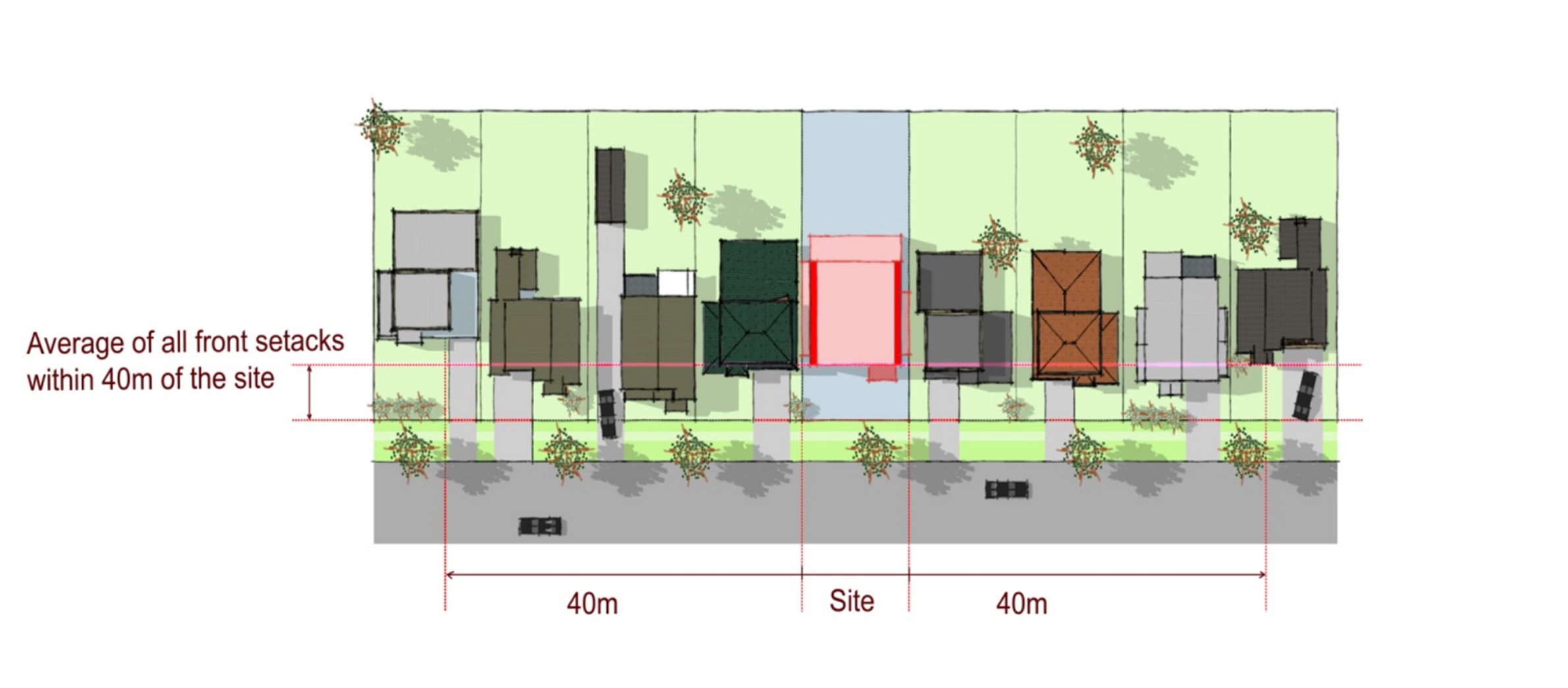 Figure D2.01: Front setbacks consistent with neighbouring dwellings 40m either side Figure D2.01: Front setbacks consistent with neighbouring dwellings 40m either side | |
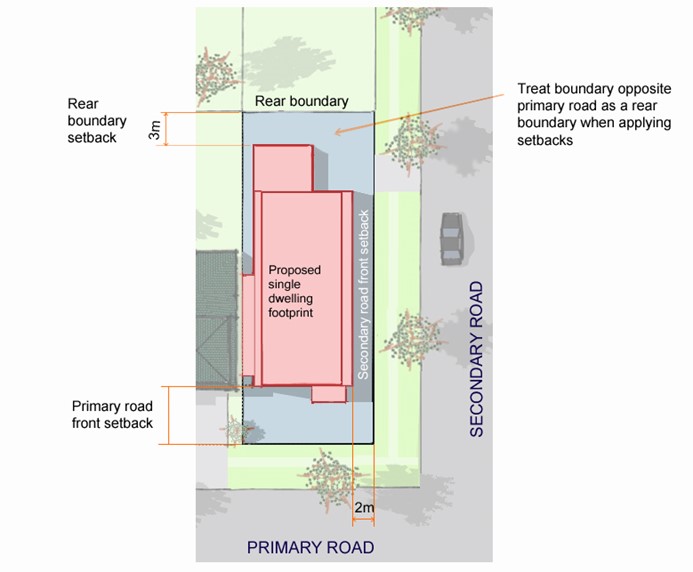 Figure D2.02: Setbacks from primary and secondary road Figure D2.02: Setbacks from primary and secondary road | 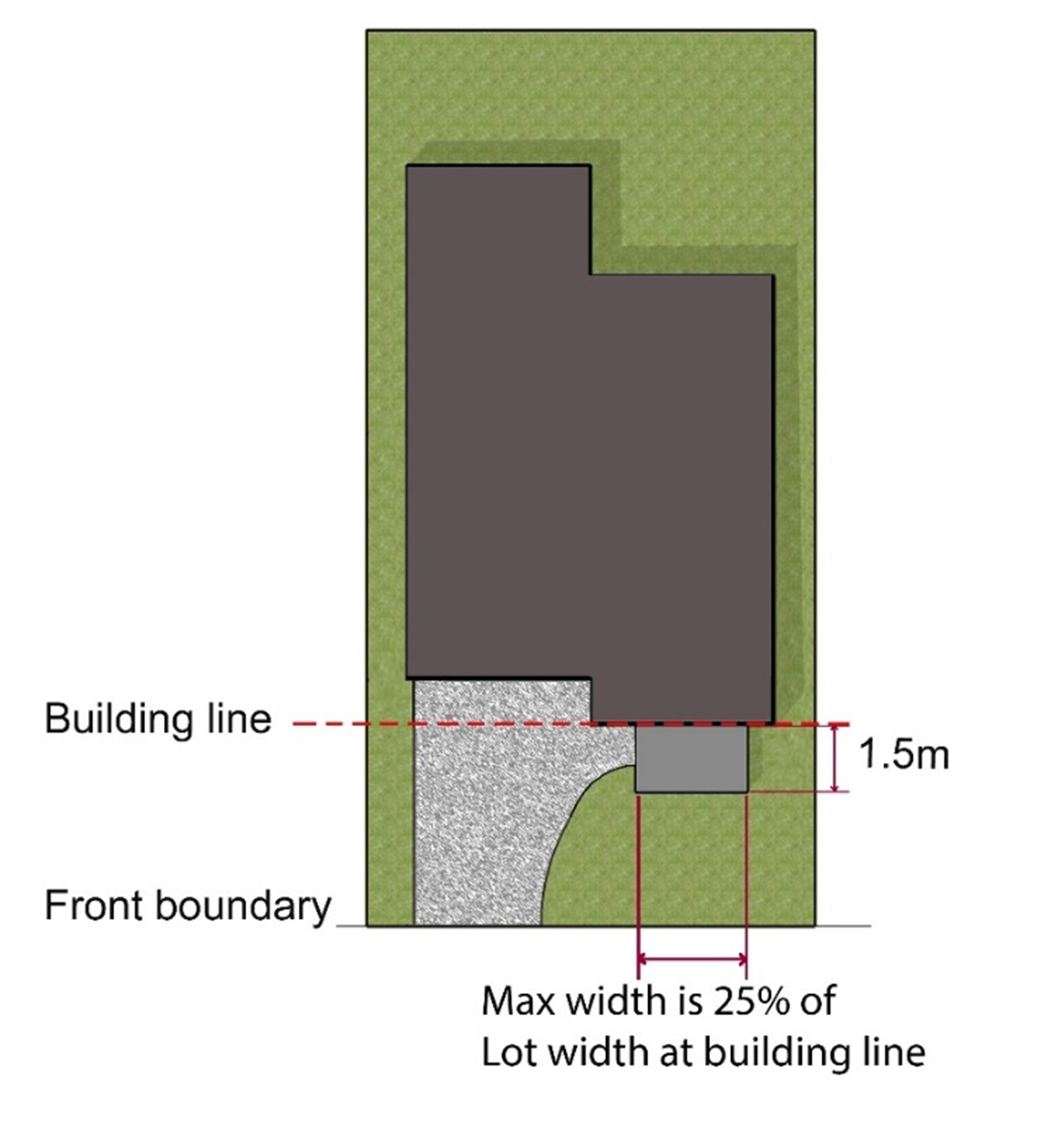 Figure D2.03: Aerial view of building articulation zone Figure D2.03: Aerial view of building articulation zone |
 Figure D2.04: Building articulation zone – envelope Figure D2.04: Building articulation zone – envelope | |
Objectives
- Ensure the bulk and scale of development is consistent with and complements the prevailing built form in the street and local area.
- Ensure the bulk and scale of development is not overbearing for adjoining dwelling houses and their private open space.
- Minimise the impacts of development on the amenity and privacy of residents in adjoining dwelling houses.
- Prevent the loss of significant views or outlook of adjoining residents.
- Provide for natural light, sunlight and breezes.
- Retain, protect or establish significant landscaping and trees which contributes to the public domain and allows for the street landscape character to be maintained.
| Controls (C) | Explanatory notes |
C-1. The building is to be contained in the building envelope defined by:
See Figure D2.05. | Side and rear setbacks do not apply to:
|
C-2. Where boundary walls are used each boundary wall is:
See Figure D2.05. |
|
C-3. Notwithstanding C-1 and C-2, buildings are not to be built to the boundary if:
| |
C-4. The setback to the rear boundary is to be at least the following:
| In the case of corner sites, the primary street frontage is taken to be the boundary which is the shorter of both frontages. |
C-5. Where a rear boundary adjoins a lane, development complies with Section C11 Development adjoining laneways. |
|
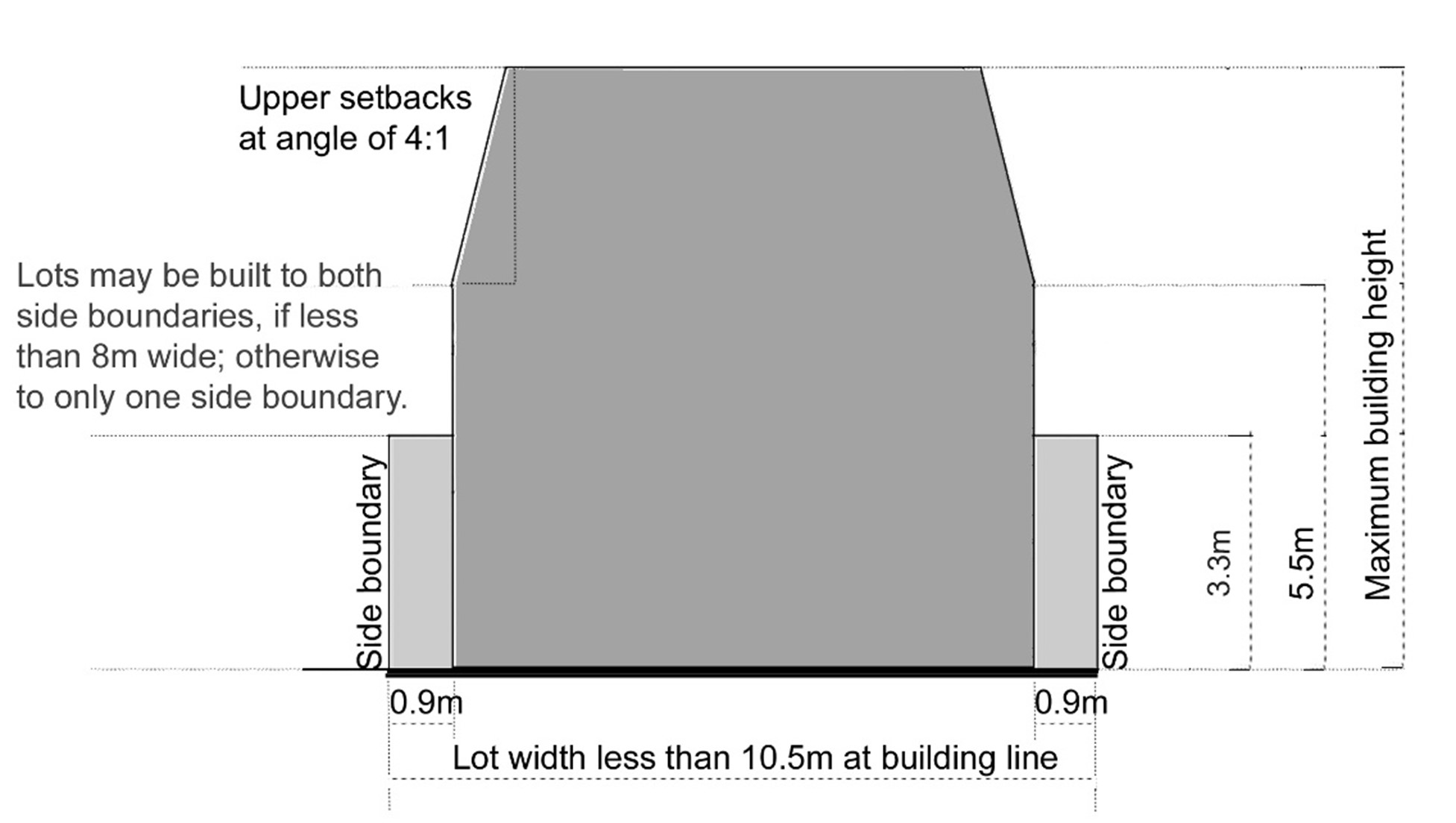 Figure D2.05: The following building envelope applies to lots with a width measured at the building line of less than 10.5m Figure D2.05: The following building envelope applies to lots with a width measured at the building line of less than 10.5m | 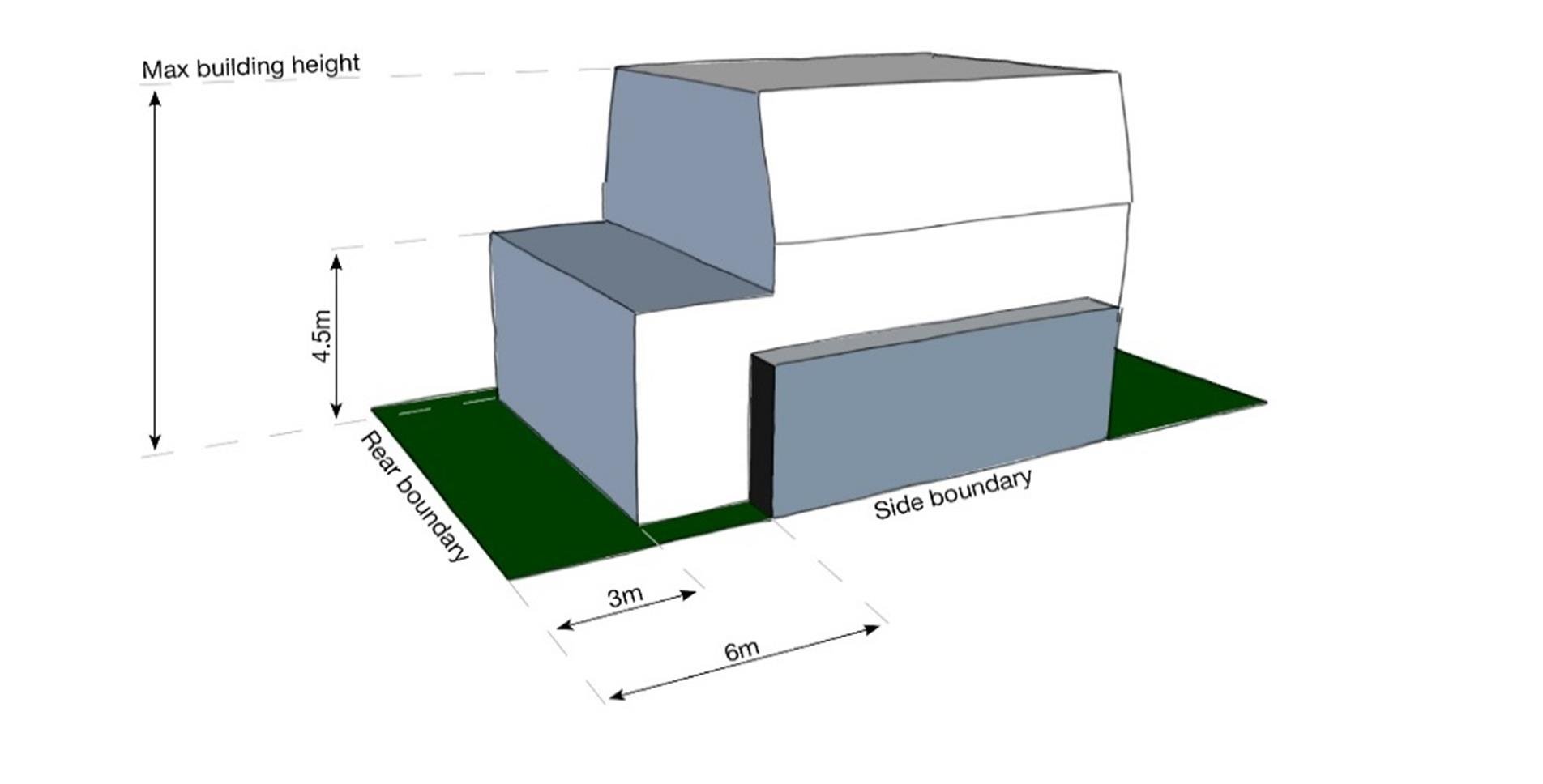 Figure D2.06: The rear setback with no adjoining dwellings over 4.5m in height Figure D2.06: The rear setback with no adjoining dwellings over 4.5m in height |
Objective
- Ensure the bulk and scale of development is consistent with and complements the prevailing built form in the street and local area.
- Ensure the bulk and scale of development is not overbearing for adjoining dwelling houses and their private open space.
- Minimise the impacts of development on the amenity and privacy of residents in adjoining dwelling houses.
- Prevent the loss of significant views or outlook of adjoining residents.
- Provide for natural light, sunlight and breezes.
- Retain, protect or establish significant landscaping and trees which contributes to the public domain and allows for the street landscape character to be maintained.
| Controls (C) | Explanatory notes |
C-1. The building is contained in the building envelope defined by:
See Figure D2.07. | Side setbacks are determined by the width of the lot measured at the building line and by the building height. When calculating the side setback, the development controls provide incremental setbacks. The height of the building is taken at the point closest to the boundary, as opposed to the overall height of the building, which creates a stepped setback along the side boundary. Side and rear setbacks do not apply to:
|
C-2. Where boundary walls are proposed each boundary wall is:
See Figure D2.07. |
|
C-3. Notwithstanding C-1 and C-2, buildings are not built to the boundary if:
|
|
C-4. The setback to the rear boundary is to be at least:
| In the case of corner sites, the primary street frontage is taken to be the boundary which is the shorter of both frontages. |
C-5. Where a rear boundary adjoins a lane, development complies with Section C11 Development adjoining laneways. |
|
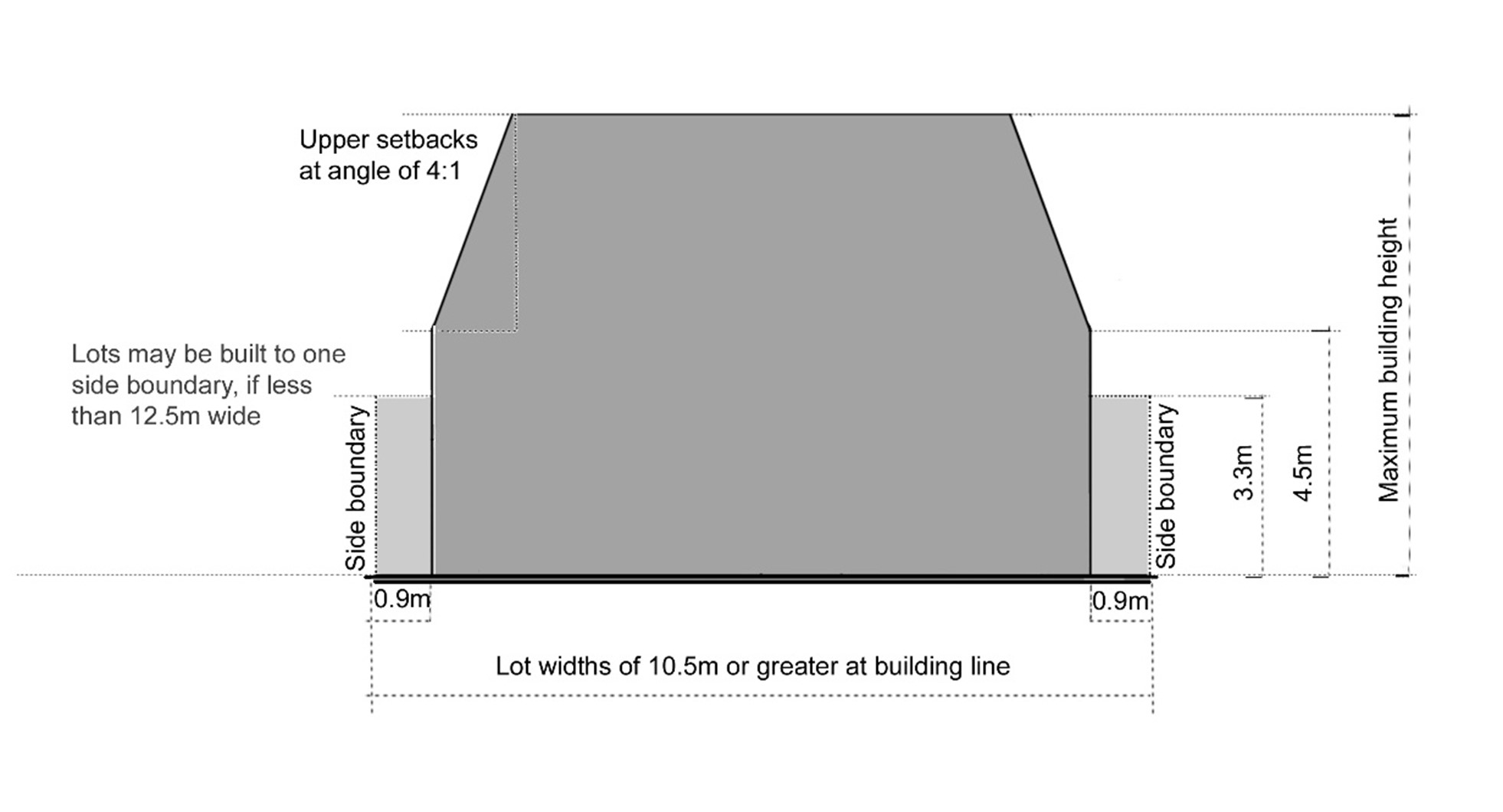 Figure D2.07: The following building envelope applies to lots with a width measured at the building line of 10.5m or greater
Figure D2.07: The following building envelope applies to lots with a width measured at the building line of 10.5m or greater Controls (C) |
C-1. Orientate all development and windows to maximise natural light and breeze penetration to reduce reliance on artificial heating and cooling. |
C-2. Living rooms are to have dual orientation to promote cross-ventilation. |
C-3. Development ensures services and related structures, including air conditioning and other mechanical plant, vents exhausts and refuse and recycling or bin storage areas are:
|
C-4. For dwellings containing 6 bedrooms:
|
C-5. For dwellings containing more than 6 bedrooms:
|
C-6. Adequate bathroom, laundry and kitchen facilities will be available for dwellings containing more than 6 bedrooms for the use of each occupant. |
Objectives
- Ensure dwellings are provided with adequate private open space.
- Ensure private open space provides a high level of residential amenity and is designed for privacy, solar access and is positioned to provide convenient access from internal living areas.
| Controls (C) | Explanatory notes |
C-1. Lots must have a 4m x 4m level area of private open space directly accessible from the living area of the dwelling (principal area of private open space) in addition to landscaping required under Section C12 Open Space and landscaping. | Areas used for driveways, car parking, drying, yards and service areas are not to be included when calculating principal area of private open space. |
C-2. The principal area of private open space is a logical extension of the dwelling with good solar access and suitable for use for relaxation, dining, entertainment, recreation, or children's play. |
|
C-3. The principal area of private open space can be covered by a waterproof roof. |
|
C-4. The principal area of private open space can be partially enclosed, but will contribute to the gross floor area if it is enclosed on all sides with walls greater than 1.4m. |
|
C-5. The principal area of private open space is not located in the front setback to the primary road. |
|
C-6. The principal area of private open space is adequately screened for privacy from adjacent dwellings and passers-by. |
|
Objectives
- Provide adequate privacy to the principal area of private open space and the windows of habitable rooms.
- Ensure dwellings do not unreasonably overlook living room windows or the principal area of private open space of neighbouring dwellings.
- Ensure outside noise levels are controlled to acceptable levels in living rooms and bedrooms of dwellings.
| Controls (C) | Explanatory notes |
C-1. Noise from external sources impacting upon residential habitable areas will need to be adequately addressed to ensure appropriate internal noise levels are achieved in accordance with the appropriate legislation, guidelines and standards. This may require applicants to obtain an acoustic report or a noise impact assessment from an appropriately qualified and experienced acoustic engineer to support their application. | Further information can be found in the application requirements. A noise-producing development or noisy area may have a range of activities contributing to noise and is not limited to that produced from busy roads, railways, industries, live music venues, entertainment, gymnasiums, public parks and plazas in which people may congregate or host live music or events. |
C-2. A minimum 9m separation is provided between the windows of habitable rooms of facing dwellings that abut a public or communal street. This distance is increased to 12m for windows above the ground floor. | Designers should consider the following measures to alleviate direct view impacts:
Sloping sites may rise particular privacy issues and these should be addressed through design. |
C-3. Windows to habitable rooms are not to directly face windows to habitable rooms of adjacent dwellings. Direct views between habitable room windows of adjacent dwellings are screened or obscured where:
|
|
C-4. Direct views from living rooms into the principal area of private open space and living rooms of adjacent dwellings are minimised through building layout, window and balcony location and design and use of screening devices including landscaping. See Figure D2.10. |
|
C-5. Direct views from the principal area of private open space of dwellings into the living area windows and/or principal area of private open space of adjacent dwellings are screened or obscured within a privacy sensitive zone described by a 12m radius. See Figure D2.10. | Privacy is maintained to the principal area of private open space of adjoining properties but cannot be ensured to other general open space areas, including pools. |
C-6. Direct views described in controls C-2 and C-3 may be obscured by one of the following measures:
| Elevated ground floor level may require higher fencing to maintain privacy. |
C-7. Bedrooms, main living areas and the principal area of private open spaces must be located away from noise sources. | Kitchen, bathroom and garage areas should be located closest to noise sources. |
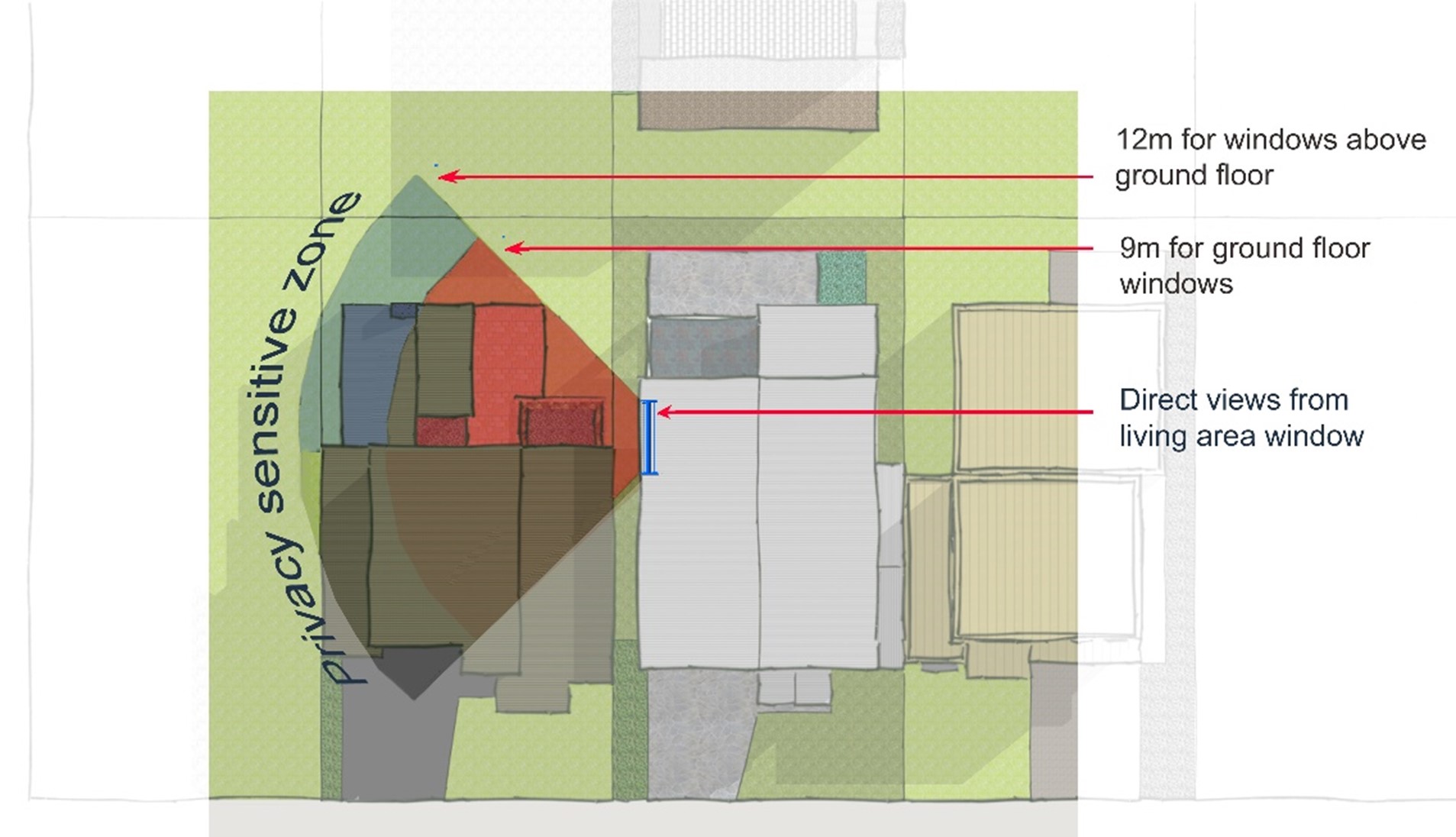 Figure D2.08: A privacy sensitive zone for a single dwelling Figure D2.08: A privacy sensitive zone for a single dwelling | 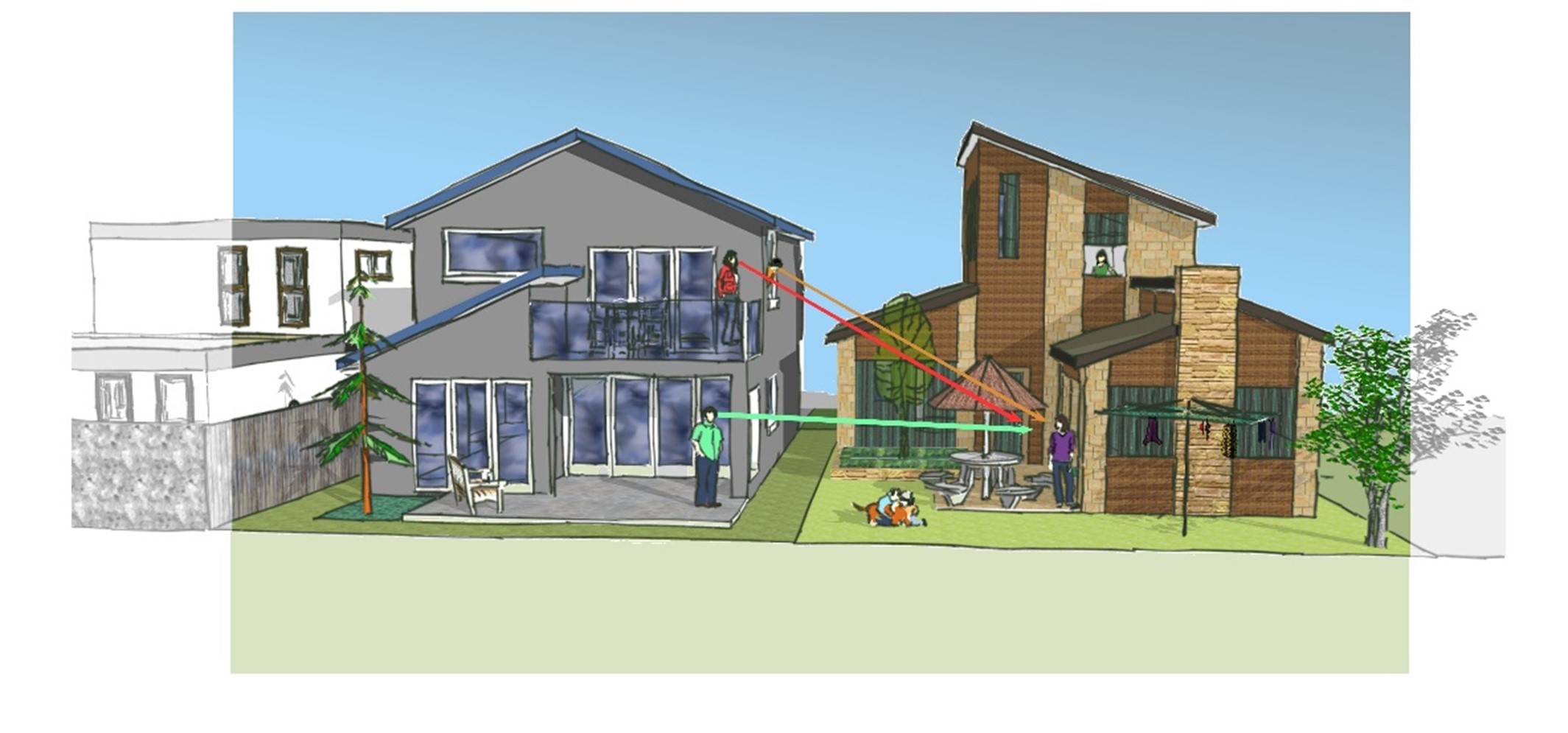 Figure D2.09: Potential privacy impacts that would require screening Figure D2.09: Potential privacy impacts that would require screening |
Objectives
- Maximise solar access into living rooms and private open space of development.
- Ensure development does not significantly overshadow living area windows and principal areas of private open space or existing solar panels of adjacent dwellings.
| Controls (C) | Acceptable solutions (AS) | Explanatory notes |
C-1. Dwellings must be orientated to maximise solar access to living rooms. See Figure D2.10. |
|
|
C-2. All primary living areas and principal areas of private open space are positioned to the north or north-east where possible. |
|
|
C-3. Maintain at least three hours of direct sunlight to the windows of living areas that face north in existing adjacent dwellings between 9am and 3pm on 21 June. See Figure D2.10 for northerly aspect windows. |
| Windows of living areas facing north are taken to be within 20O and 30O east of true north. See Figure D2.10. Solar access is maintained to the principal area of private open space of adjoining properties but cannot be ensured to other general open space areas, including pools. |
C-4. Direct sunlight must reach 50% of the principal area of private open space of the subject dwelling for at least three hours between 9am and 3pm on 21 June. Where such areas already receive less than three hours of sunlight, development does not further reduce sunlight. |
| Where existing overshadowing by buildings and fences of the principal area of private open space of adjoining properties does not satisfy control C-2, it must be demonstrated that the existing sunlight is not unreasonably reduced. |
C-5. Direct sunlight must reach 100% of the principal area of private open space of any adjacent dwelling for at least two hours between 9am and 3pm on 21 June. Where such areas already receive less than two hours of sunlight, development does not further reduce sunlight. |
| |
C-6. Consideration must be given to neighbouring properties’ solar panels and the loss of sunlight to these panels as a result of any development proposal, having regard to the performance, efficiency, economic viability and reasonableness of their location. | AS-1. Where reasonably practicable sunlight to any existing solar panels should not be reduced to less than two hours between 9am and 3pm on 21 June. | The location and placement of solar panels should take into account the potential permissible building form on adjacent properties. Impact to solar panels where unreasonably located will not result in the requirement to modify the development to protect solar access to such panels. |
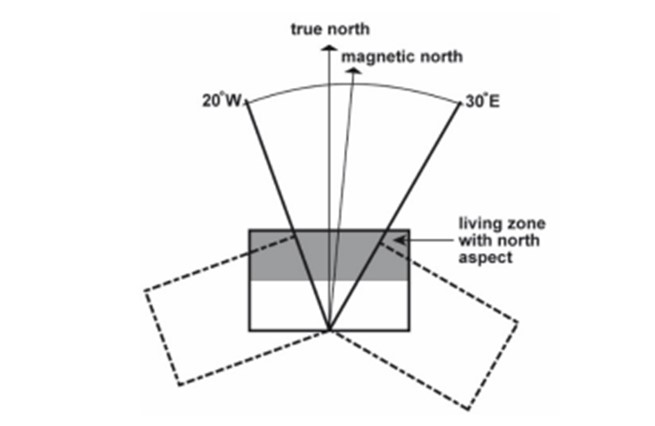 Figure D2.10: Northern aspect windows
Figure D2.10: Northern aspect windows Objectives
- Ensure development is designed to allow view sharing with neighbouring properties.
- Identify existing views and demonstrate how view sharing is achieved.
- Protect important public views and vistas by the form and treatment of buildings including roof scapes.
| Controls (C) | Explanatory notes |
C-1. Views from existing residential development are considered in the site planning and massing of development, to ensure that existing views or vistas to water, city skyline and iconic views are not unreasonably obscured. | Developments resulting in impacts to views must be submitted with supporting justification within the Statement of Environmental Effects having regards to the planning principle for view sharing established by the NSW Land and Environmental Court (Tenacity Consulting Vs Warringah Council (2004). |
| Controls (C) |
C-1. The off street parking for a battle-axe lot are constructed in a way that allows vehicles to leave the lot in a forward direction. |
C-2. The driveway is at least 2.5m wide, with adequate turning area provided to allow ease of access to garages. |
C-3. One driveway crossing is permitted for allotments of land. The maximum width of the driveway crossing shall not exceed 4.5m. |
C-4. Where on-street parking is currently available in front of the development, the proposed driveway/s are located and spaced so that at least one on-street car parking space is retained. |
C-5. Vehicular access and car parking areas are suitably located to maximise landscape area. |
C-6. Where possible, new vehicular access is designed to avoid existing street trees. |
C-7. No more than two single garages or one double garage is located at the front facade. |
C-8. Where rear access is available and/or where this is the prevailing pattern of development in the street, vehicular access and car parking areas are located at the rear of the site. |
| Controls (C) |
C-1. The carport or garage has a maximum floor area of 40m2. |
C-2. The carport or garage has a maximum height of 4.5m above existing ground level. |
C-3. The carport or garage complies with controls under sub-section 16.0 Car parking and vehicular access, of this section. |
C-4. The minimum front setback is 1m behind the building line or 5.5m from the property boundary of the road frontage, whichever is the greater. |
C-5. Side/rear setbacks:
|
C-6. A carport has two or more sides open and not less than one-third of its perimeter open. |
Objectives
- Ensure the detached studio complements and harmonises with the principal dwelling on the site and the positive elements of the streetscape.
- Ensure the detached studio is compatible with the scale and bulk of desired residential development character.
- Ensure adequate amenity for the principal dwelling and surrounding properties is retained.
| Controls (C) | Explanatory notes |
C-1. The development complies with all controls in this section (as for the principal dwelling), other than:
| Allowable encroachments outlined under sub-section 9 and 10 continue to apply. Principal area of private open space – a 4m x 4m level area of private open space directly accessible from the main living area of the dwelling. |
Objectives
- Ensure front fences and walls complement and harmonise with the streetscape character.
- Enable outlook from dwellings to the street for safety and surveillance.
- Provide fencing of an appropriate form and scale.
- Enable safe vehicular access to the site and adjoining lots.
- Limit higher front fences and walls to minimise amenity impacts.
| Controls (C) | Explanatory notes |
General |
|
C-1. Fencing and walls located on bush fire prone land are constructed of non-combustible materials. |
|
C-2. Fencing and walls do not incorporate barbed wire in its construction or be electrified. |
|
C-3. If it is constructed of metal components - be of low reflective, factory pre-coloured materials. |
|
C-4. If it is on a sloping site and stepped to accommodate the fall in the land. | The provisions of the Dividing Fences Act 1991 also apply. Common boundary fencing proposals may require the consent of the adjoining land owner. |
Front fences |
|
C-5. Front fences and walls have a maximum height of 1.2m (unless development meets C-9 or C-10) and must set to follow any change in level along the street boundary |
|
C-6. Front fences and walls highlight the entrance to the dwelling. |
|
C-7. The use of sheet-metal fencing / colorbond is not accepted along the front boundary. |
|
C-8. Front fences and walls are constructed of materials compatible with the dwelling, and with attractive visible examples of fences and walls in the streetscape. |
|
C-9. Fencing is to be located to ensure sight lines between pedestrians and vehicles exiting the site are not obscured. |
|
C-10. Gates do not open over the public roadway or footpath. |
|
C-11. The front fence or wall height may be increased to 1.8m for development fronting onto an arterial road if:
| Refer to Section E1 Built and Landscape Heritage. |
C-12. The front fence or wall height may be increased to 1.8m for development which provides the principal private open space in front of the building line:
| A transparent fence can be seen through from most viewing angles. A 30% transparent fence must have openings which make the entire fence not less than 30% transparent. Examples of fencing types that could satisfy this requirement are: a solid and transparent vertical or horizontal timber slat fence, masonry pillars with infill pickets spaced to provide 30% transparency, masonry low wall with horizontal infill slats above spaced to provide 30% transparency. See Figure D2.12. |
Side and rear fences |
|
C-13. Side fences on corner sites are to be designed and located so as to:
|
|
C-14. Side fences forward of the front building lines are compatible with the established front fencing in the street. |
|
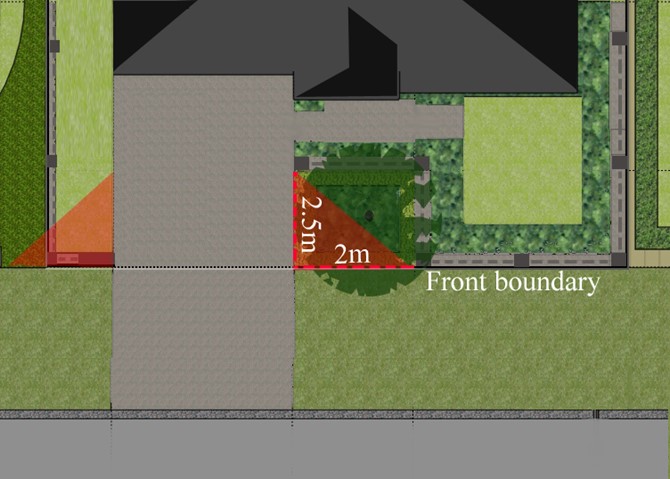 Figure D2.11: A 2m x 2.5m splay at the driveway and property boundary to avoid obstructions to visibility Figure D2.11: A 2m x 2.5m splay at the driveway and property boundary to avoid obstructions to visibility | 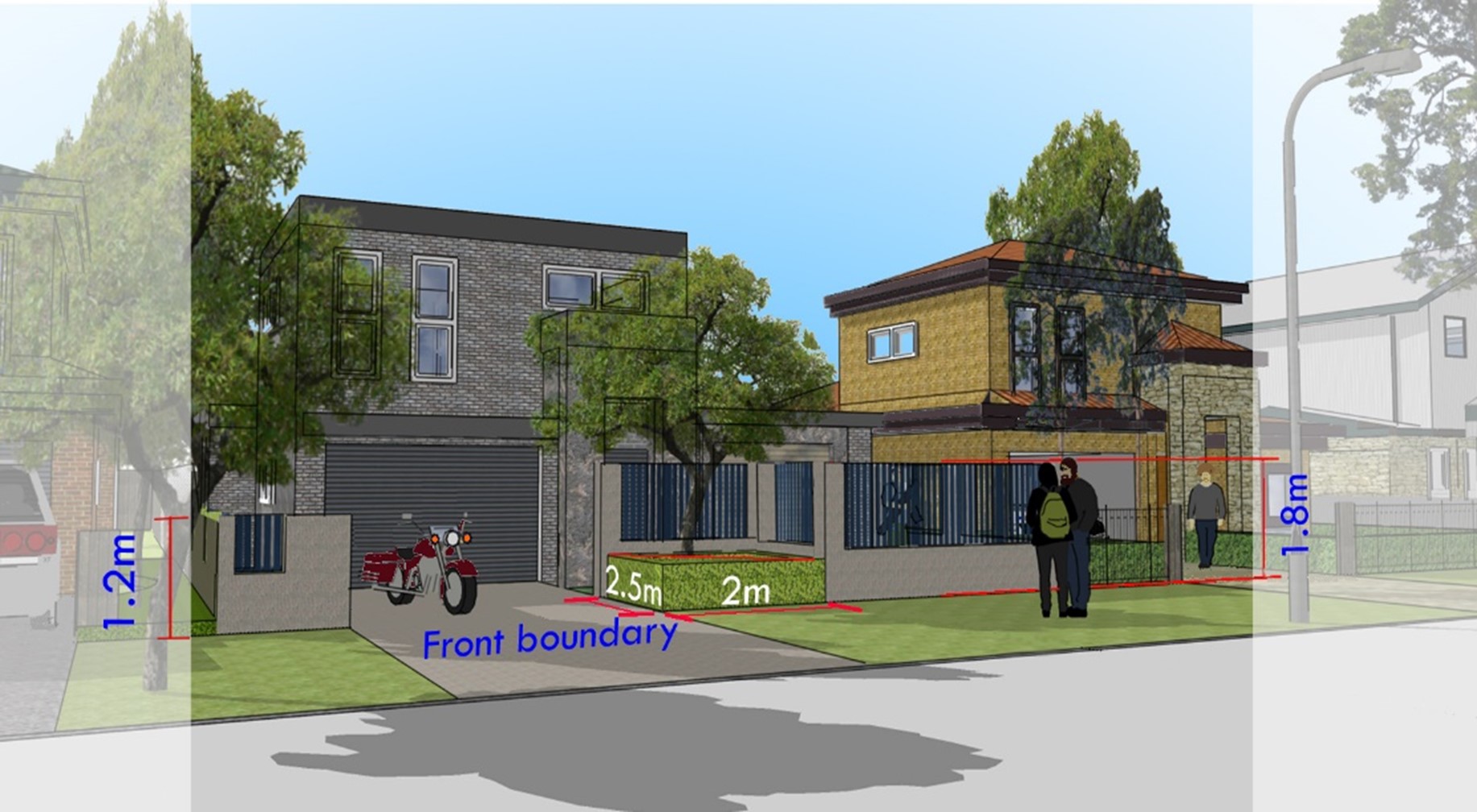 Figure D2.12: An example of a 1.8m transparent fence with landscaping complying with the driveway splay Figure D2.12: An example of a 1.8m transparent fence with landscaping complying with the driveway splay |
Objectives
- Ensure the secondary dwelling complements and harmonises with the principal dwelling on the site and the positive elements of the streetscape.
- Ensure the secondary dwelling is compatible with the scale and bulk of desired residential development character.
- Ensure adequate amenity for both the secondary dwelling and principal dwelling.
- Maintain a reasonable level of amenity for surrounding properties.
- Ensure the secondary dwelling is subservient to the principal dwelling in scale, character and prominence in the streetscape.
| Controls (C) | Explanatory notes |
C-1. Secondary dwellings comply with all controls within this section (as for the principal dwelling), other than:
| See Definitions above for a definition of principal private open space. |
C-2. The installation of a secondary dwelling is not to compromise the controls stated for the principal dwelling. Sub-sections 8.0 to 16.0 continue to apply to the site as a whole, and include all development on the site (the principal dwelling, secondary dwelling and any ancillary development). |
|
C-3. Secondary dwellings above detached garages fronting a rear lane or street are to be integrated with the existing rear line or street character and not present as a two storey wall to the rear lane or street. |
|
Objectives
- Ensure swimming pools are not visually intrusive.
- Locate, design and operate swimming pools in a safe manner and in accordance with the relevant standards.
- Prevent unreasonable noise transmission to adjoining dwellings through design and location of pool equipment.
| Controls (C) |
C-1. The swimming pool is located either behind the setback area from a primary road, or to the rear of the property. |
C-2. The swimming pool water line must have a setback of at least 500mm from a side or rear boundary. |
C-3. Despite control C-1 and C-2, if the swimming pool is being constructed in a heritage conservation area, the swimming pool must be located:
|
C-4. The pump is housed in a sound absorbing enclosure. |